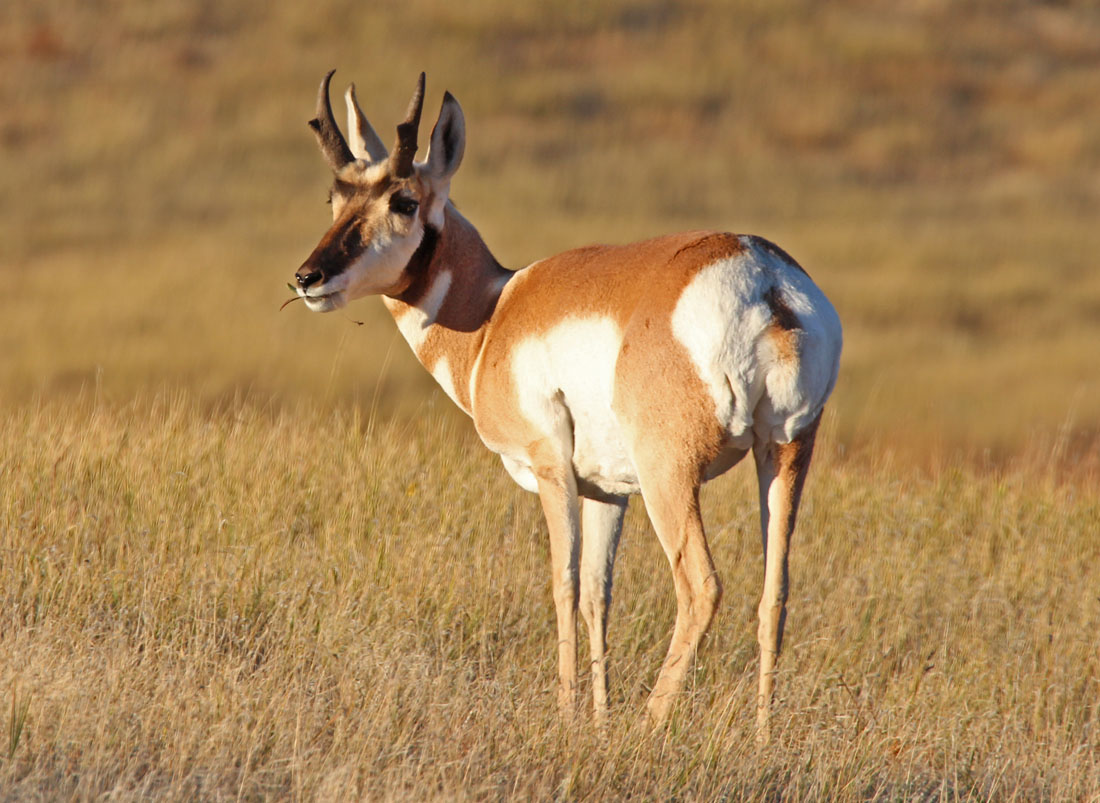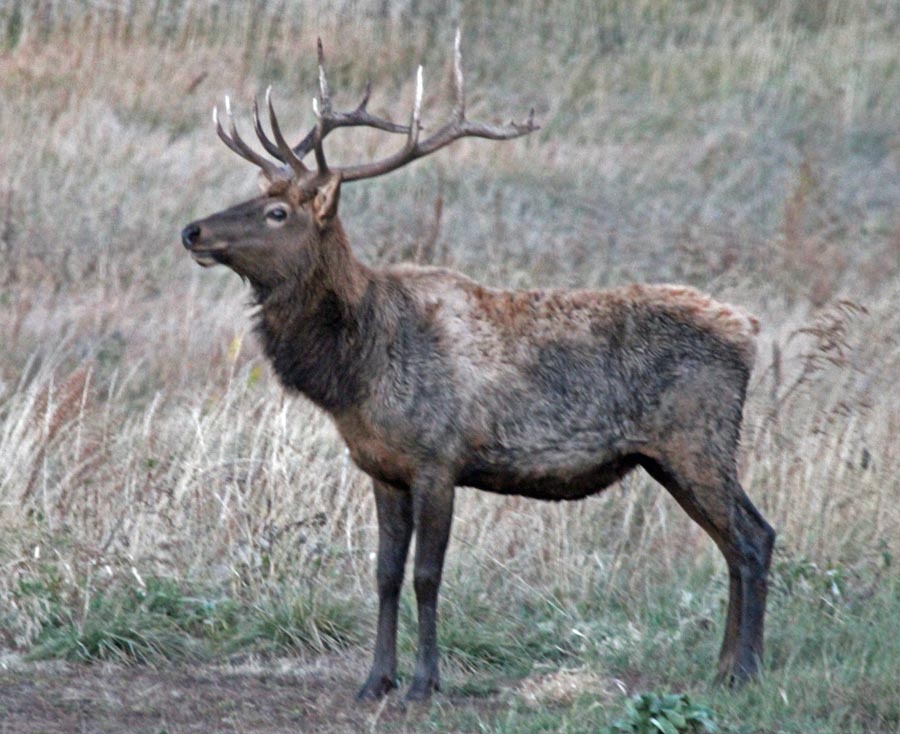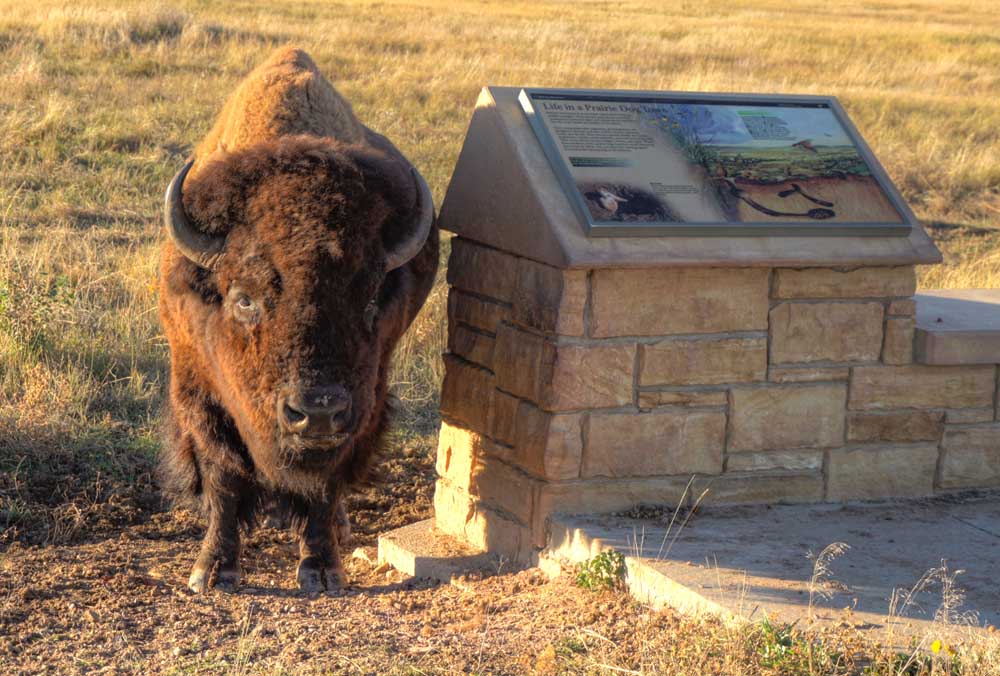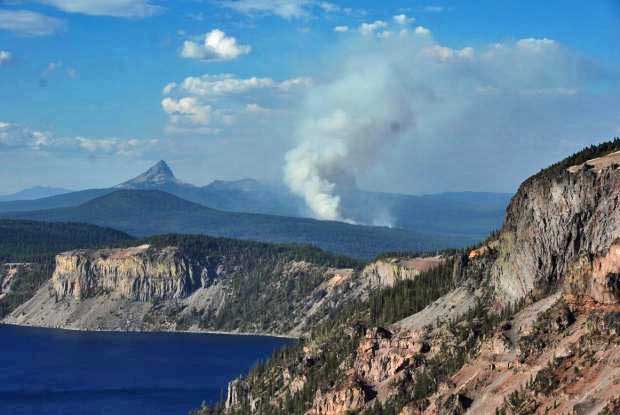
Monday morning we attended the 7 a.m. briefing for the Norbeck Section 2 prescribed fire in the Black Hills. It is a complex, Type 1, 1,938-acre project on State, Federal and private lands approximately 4 miles northeast of Pringle, South Dakota. The 120 personnel will be igniting vegetation in Wind Cave National Park, Custer State park, Black Hills National Forest, and private land. Some of the funding is provided by the Rocky Mountain Elk Foundation. To assist with ignition on the large project a Type 3 helicopter will be dropping plastic spheres that burst into flame about 30 seconds after they exit the dispenser on the helicopter.
When I looked at the large crowd assembled for the briefing and remarked to Todd Pechota, the Fire Management Officer for the Black Hills National Forest, that I didn’t expect to see so many people, he said, “We wanted to get this one right”.

The four different land owners and the funding from a non-government organization are some of the reasons why planning for the project has been going on for at least five years. They brought in a Prescribed Fire Burn Boss, Ross Wilmore the Fire Management Officer on the White River National Forest in Colorado, to work with the trainee Burn Boss, Matt Spring.
And just to make things a little more complicated, the annual buffalo roundup in Wind Cave National Park is occurring now, with the animals being herded to corrals about a half mile east of the prescribed fire. Many people from the national park are tied up on that project.
The ignition of the burn is expected to take two days, Monday and Tuesday of this week. Dew and even frost in some areas may delay the start of the project Monday morning, but things should dry out by mid- to late morning.
Highway 87 through Custer State Park and Wind Cave National Park will be closed Monday through Wednesday. As the fire progresses through the ponderosa pine and grass meadows in the area, it will be putting up a large amount of smoke. The firefighters expect to work from north to south, primarily concentrating on the three northern-most units on Monday, and move to Unit 4 on the south end on Tuesday. (See the map below.)
We will return to the prescribed fire Monday afternoon to report on the progress and hopefully grab some more photos.
(UPDATE: photos taken as the project was underway are here.)


The weather for the project looks pretty good. The spot weather forecast for Monday predicts southwest then south winds at 6 to 10 mph, 72 degrees, and relative humidity of 31 percent; Tuesday looks about the same. The smoke will be pushed toward the north and northeast.










